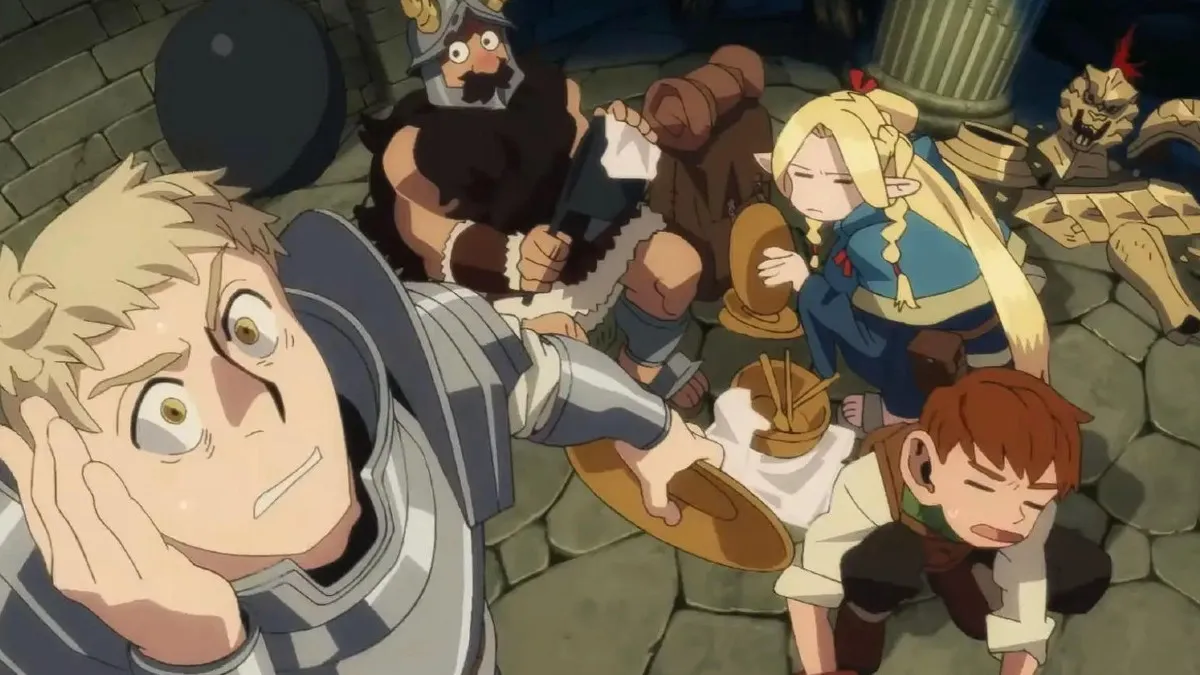Warning: The following article contains major spoilers for Wicked: Part I.
Wicked: Part I, like the Broadway musical it’s based on, changes many elements of Gregory Maguire’s original novel. Judge for yourself how far the Wicked musical strays from the book’s narrative Yellow Brick Road with the below round-up of major differences between the Wicked book and musical!
But first, a few quick notes. First, Maguire’s book is a lot darker and adult-oriented than its musical counterpart; that comes through in several of the below entries, however, it’s worth reiterating. Second, this list only applies to deviations from the book contained in Wicked: Part I. We’ll cover the absolute doozies coming in Part II when it drops in November 2025.
5. Elphaba’s Birth Is Far More Complicated (And Violent)

In Wicked: Part I and the original musical, the newborn Elphaba is immediately shunned by her father on account of her green skin. Emotionally, it’s undeniably intense (although the film version softens the blow with the addition of kindly nanny Dulcibear). But it’s nothing compared to the actual violence of what goes down in the book, where l’il Elphaba – who comes into the world packing razor-sharp teeth – chomps off a midwife’s finger! Another key difference is that Maguire’s novel leaves a question mark over whether the Wicked Witch of the West was born intersex. There’s evidence she arrives with male and female parts, although she only has the latter elsewhere in the book. Oh, and Elphaba’s book origin also features some stuff to do with the prophetic Clock of the Time Dragon (barely featured in the musical or movie), but that’s too involved to get into here!
4. Nessarose’s Disability Is Different

Both the Wicked book and its song-and-dance retellings feature Elphaba’s disabled sister, Nessarose. But a key area where they diverge is the nature of Nessarose’s disability. In the novel, she’s born without arms; in the musical and film, she’s paraplegic. (Incidentally, Wicked: Part I‘s Marissa Bode is the first Nessarose performer to also use a wheelchair in real life). That’s not where the big differences involving Elphaba’s family stop, either. In the Wicked book, Elphaba and Nessarose also have a younger brother, Shell, who is omitted from the musical and movie. The fate of their father, Frexspar, is different on the page, too. Unlike in the Wicked adaptations, in the book, Frexspar doesn’t keel over after Elphaba’s fall from grace, and actually outlives both his daughters!
Related: Is the Wicked Movie Split Across Two Parts?
3. Doctor Dillamond Isn’t Fired – He’s Murdered

Talking goat Dr. Dillamond’s depiction is broadly the same in every iteration of Wicked. He’s a professor at Shiz University whose suffering under the Wizard’s xenophobic regime opens Elphaba’s eyes to the plight of sentient Animals. But as you might expect, Dillamond’s fate is far worse in the book than in the musical versions. In the stage show and film, Dillamond loses his teaching gig and eventually – spoiler warning for Wicked: Part II – his ability to speak. That’s a real bummer, however, he’s still alive, at least. Not so in the book, which sees Dillamond murdered by Madame Morrible’s mechanical flunky, Grommetik (who’s absent from the musical adaptations).
2. Elphaba and Glinda’s Meeting with the Wizard Goes Very Differently

Elphaba and Glinda’s audience with the Wizard of Oz is a key moment in Wicked: Part I – just as it is in Maguire’s novel. In both instances, the Wizard proves far less helpful than hoped; pretty much every other detail is different, though. The book’s version of events is over much more quickly and the Wizard remains hidden behind his faux-magical façade the whole time. The Wizard trying to recruit Elphaba, Elphaba creating the Winged Monkeys, and Glinda choosing the Yellow Brick Road’s color scheme? All exclusive to the musical (or the movie, where that last one is concerned). Similarly, Madame Morrible doesn’t publicly brand Elphaba the Wicked Witch at this point in the novel, nor does Elphaba soar away defiantly. That leads neatly to the final entry on this list…
Related: All Major Actors & Cast List for Wicked
1. Elphaba Can’t Defy Gravity Yet in the Book

Elphaba does learn to fly on her broomstick in the Wicked novel. However, it doesn’t happen until much later in the story than in the musical; in the book, she exits her and Glinda’s meeting with the Wizard on foot. The book’s Elphaba also doesn’t intentionally enchant her broomstick the way her musical counterpart does and is surprised when it starts zooming around. But then, none of this would make for a suitably epic midway break in the Wicked musical’s narrative!
Wicked: Part I is in cinemas now.






Published: Nov 25, 2024 07:45 am